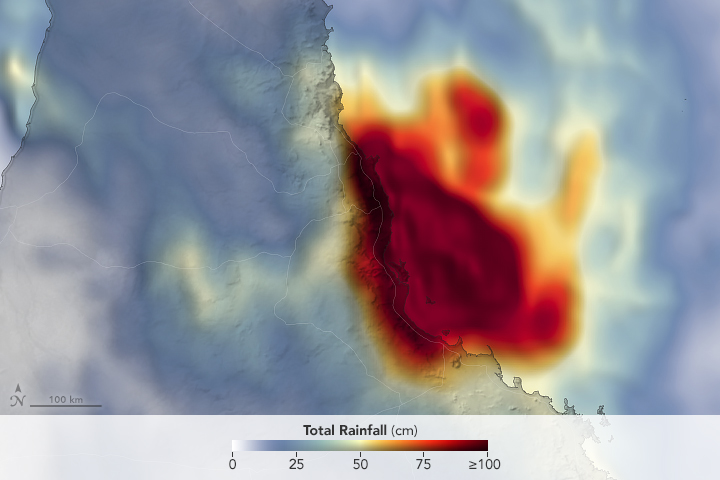- Home
- Missions
- Data
- Communications
- People
- The Earth Observer Newsletter




Recent Imagery
You will be directed to the NASA Visible Earth webpage when you select Images by Mission below, or click on the images at right that are randomly generated to represent four out of all possible topics.
You are here
NASA-ISRO Synthetic Aperture Radar (NISAR )
Status:
Future, Implementation
Mission Category:
Earth Systematic Missions Program
Launch Date: March 2025
Using advanced radar imaging that will provide an unprecedented, detailed view of Earth, the NASA-Indian Space Research Organisation (ISRO) Synthetic Aperture Radar, or NISAR, satellite is designed to observe and take measurements of some of the planet's most complex processes, including ecosystem disturbances, ice-sheet collapse, and natural hazards such as earthquakes, volcanic unrest, coastal subsidence, and landslides.
Data collected from NISAR will reveal information about the evolution and state of Earth's crust, help scientists better understand our planet's processes and changing climate, and aid future resource and hazard management. The mission is a partnership between NASA and the Indian Space Research Organization. NASA plans to launch the spacecraft in January 2024.
Key NASA-ISRO Synthetic Aperture Radar Facts
| Mission/Portal Page: | https://nisar.jpl.nasa.gov |
|---|---|
| Altitude:Distance from sea level. | 747km |
| Inclination: | 98° |
| Origination: | NASA, ISRO |
| Instruments: |
L-band (24-centimeter wavelength) Polarimetric Synthetic Aperture Radar S-band (9-centimeter wavelength) Polarimetric Synthetic Aperture Radar |
| Other Key Personnel: |
Mitra Dutta Gerald Bawden |

